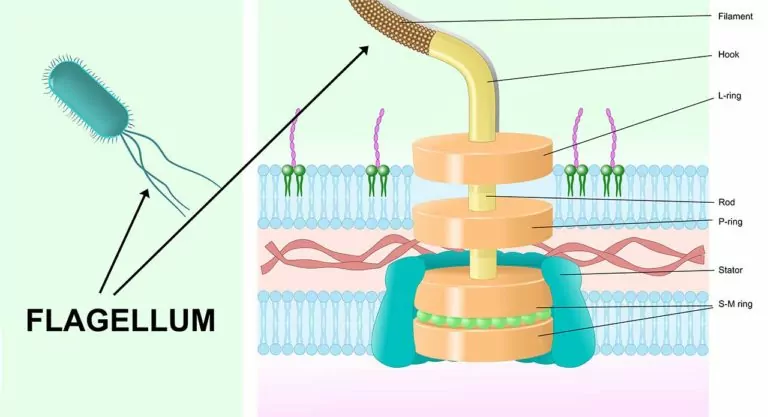One of the most famous molecular machines is the rotary bacterial flagellum made famous by Michael Behe in his book Darwin’s Black Box (1996). This miniature mechanical-biological wonder is like a miniature outboard motor for the cell going at 100,000 rpm!
While this motor is only found in some bacteria another rotary motor has been discovered and that is universally found in all living cells. It is called the ATP synthase motor. ATP or adenosine triphosphate provides the chemical energy that drives the metabolic reactions of the living cell. If the cell has no ATP, it is dead.
But of course ATP gets used up and more has to be provided. The “burning” (oxidation) of food provides the energy to produce more ATP. The motor that achieves this is extremely tiny, only 10 nanometers (billionths of a meter) in diameter compared to 50 for the bacterial flagellum. The motor is very simple in its structure. As the motor spins, it squeezes two components (adenosine diphosphate and phosphate) together forming the finished ATP molecule. Apparently, the motor’s efficiency is “uncannily high: nearly 100%”
So this motor that spins at 10,000 rpm is almost 100% efficient! Not only is this rotary machine elegant in its design, but it is also unusual. None of this sounds like a phenomenon that came about spontaneously!
This is an excerpt from Dr. Margaret Helder’s “No Christian Silence on Science” which you can buy here.











